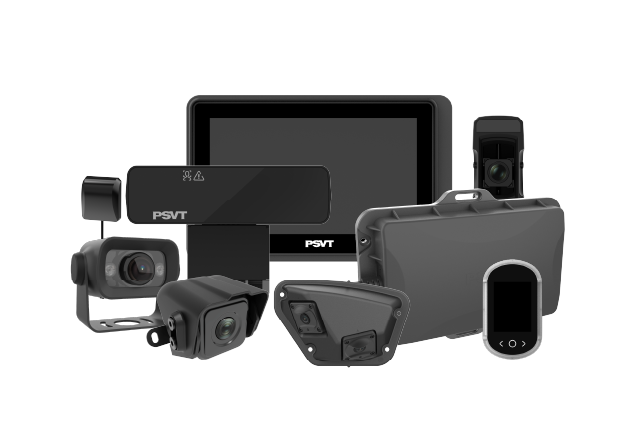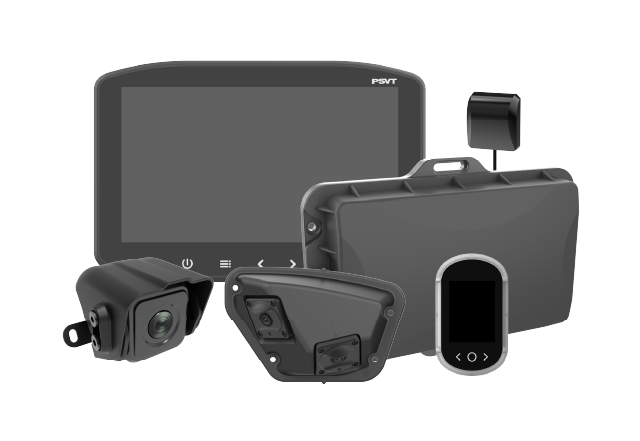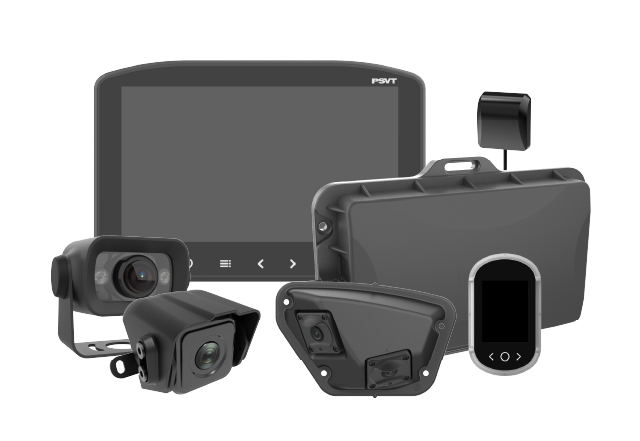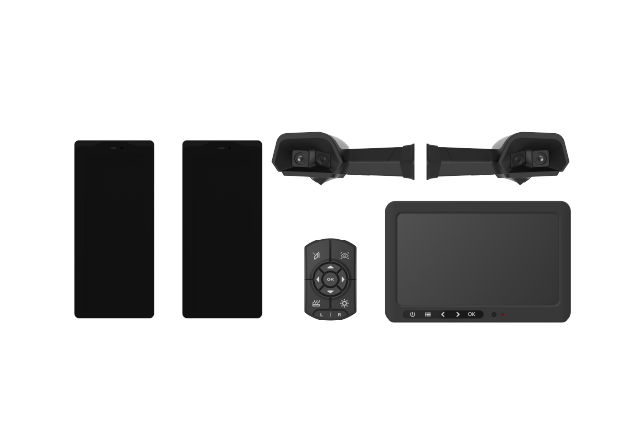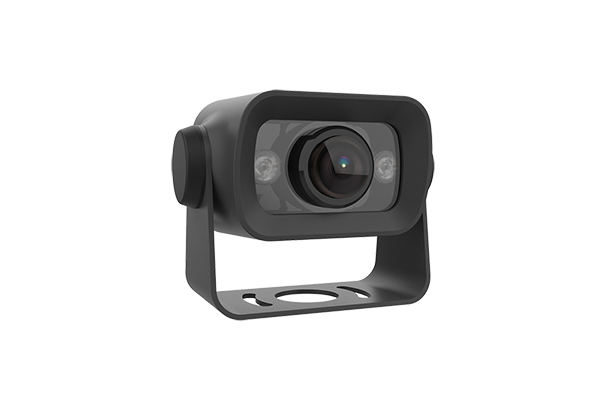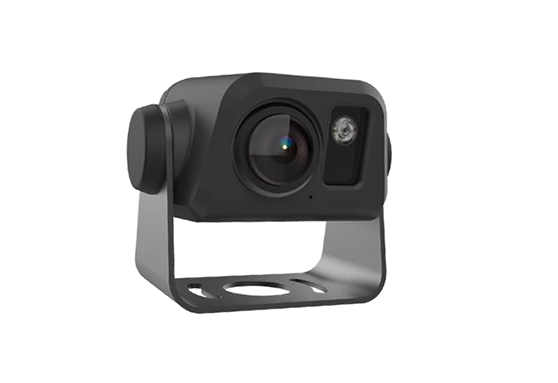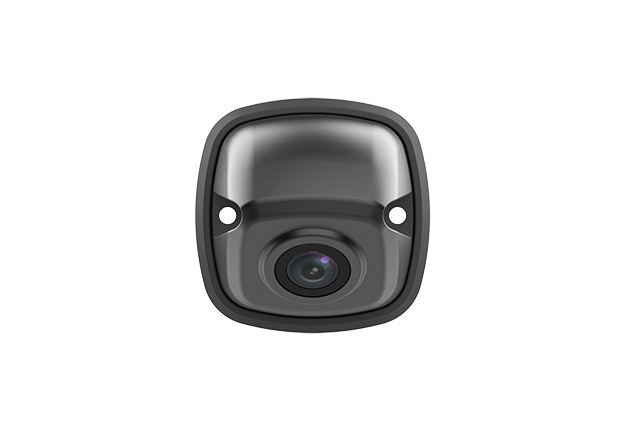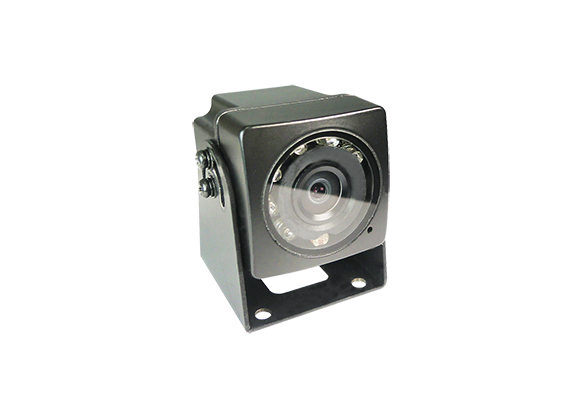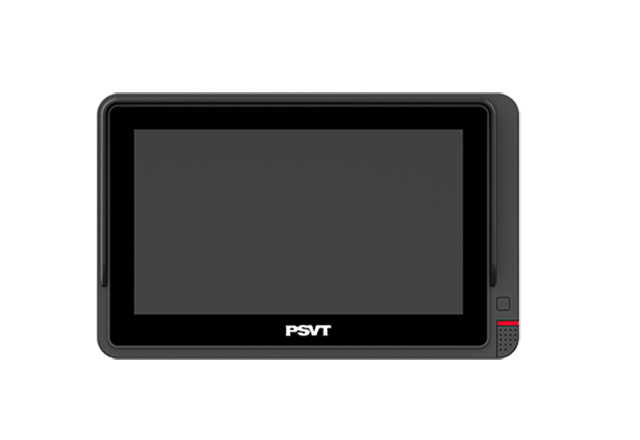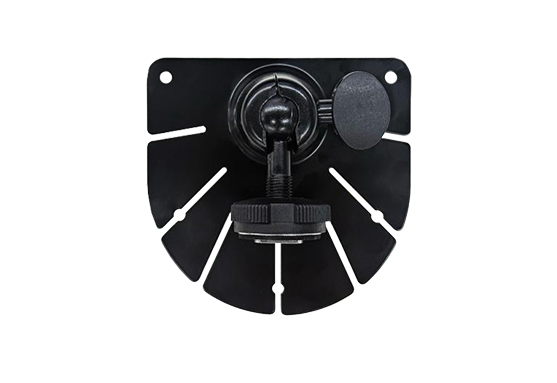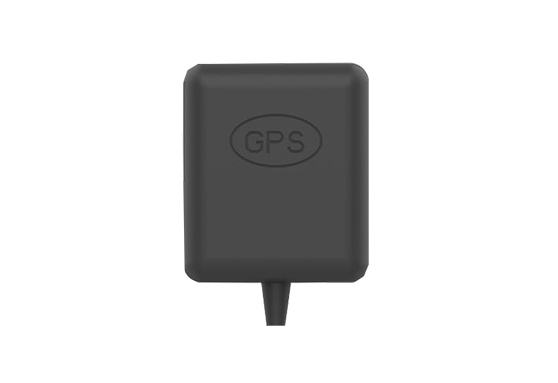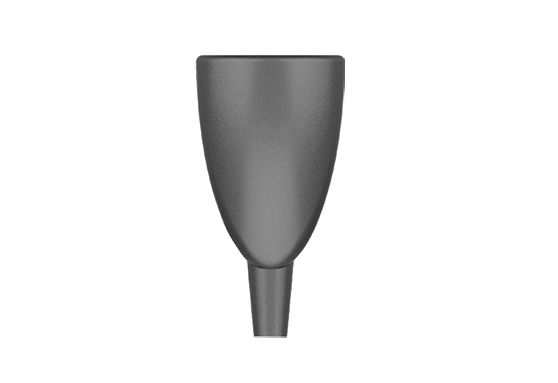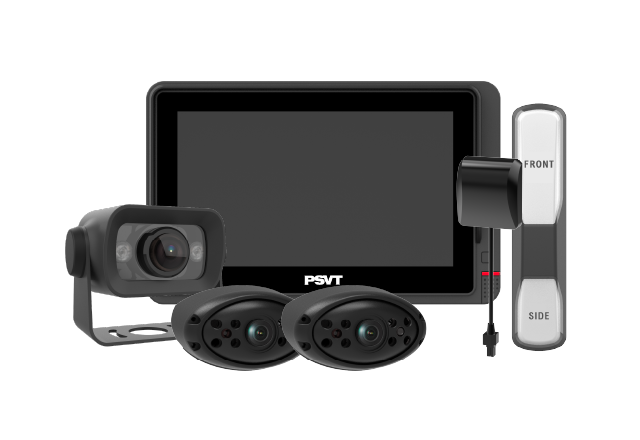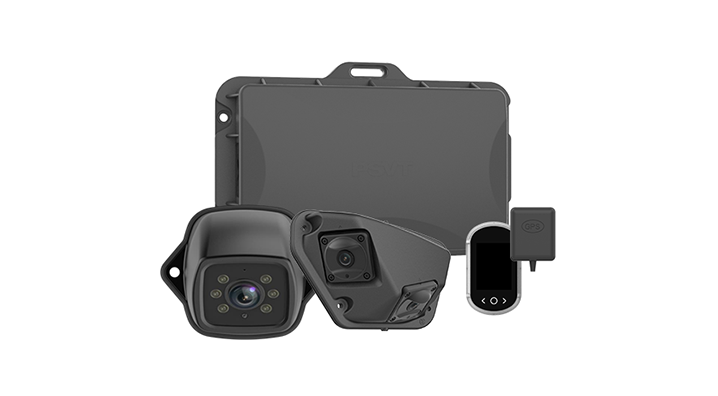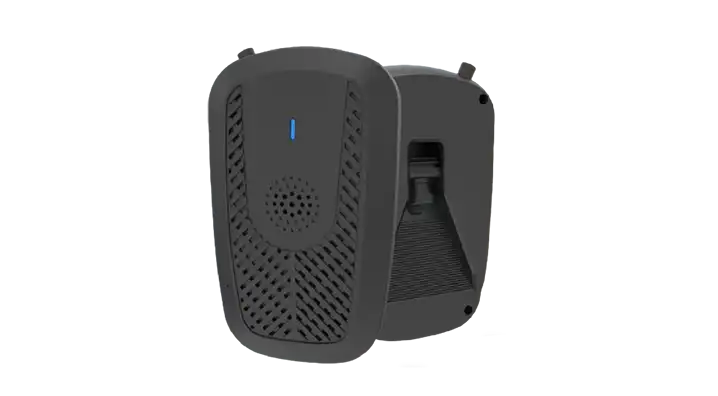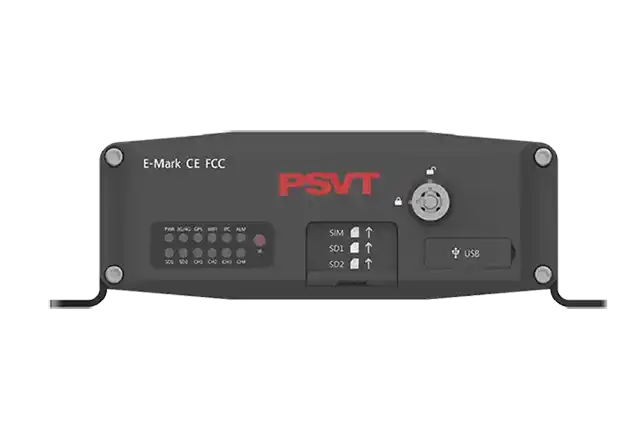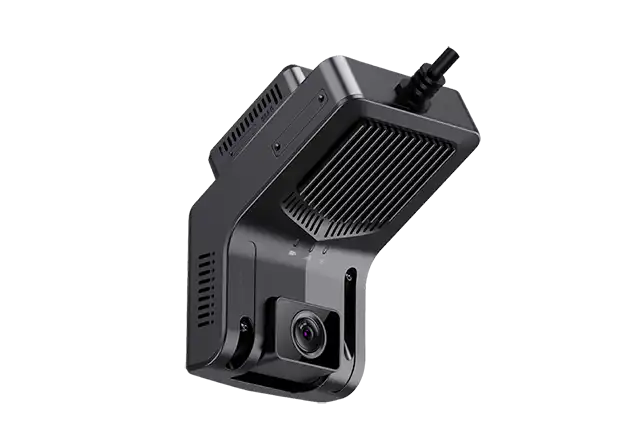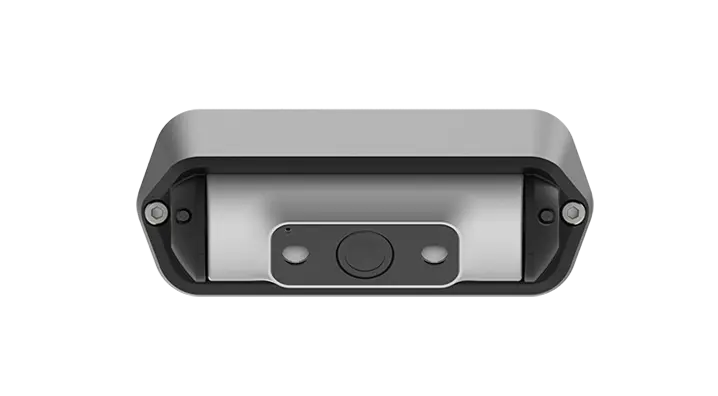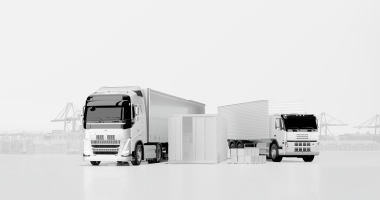The global push toward safer, smarter transportation is accelerating the adoption of AI Pedestrian & Vehicle Detection Cameras—intelligent vision systems designed to recognize pedestrians, vehicles, and collision-risk scenarios in real time. As commercial-vehicle operators face tighter regulations and rising operational demands, the AI Pedestrian & Vehicle Detection Camera is becoming indispensable, not just as a safety add-on but as a foundational component of next-generation ADAS and fleet-safety ecosystems.
This blog provides a deep, structured look into what defines an AI Pedestrian & Vehicle Detection Camera, its market trajectory, the regional adoption landscape, evolving trends, and key deployment scenarios—based entirely on the newly compiled industry insights.
What Is an AI Pedestrian & Vehicle Detection Camera?
An AI Pedestrian & Vehicle Detection Camera is an intelligent camera system specifically built for commercial or passenger-vehicle safety applications. The device integrates computer vision with embedded AI models to identify and classify pedestrians, vehicles, bicycles, and other road users with high accuracy. By analyzing object behavior and distance in real time, the system assesses potential collision risks and alerts the driver accordingly.
These cameras commonly support:
- Real-time pedestrian detection
- Vehicle and object classification
- Collision-risk prediction
- Integration with CAN bus, ADAS modules, and DVR systems
- Regulatory compliance for R151, R158, or R159, depending on region
As global markets tighten safety requirements, the AI Pedestrian & Vehicle Detection Camera has transitioned from optional to essential.
Global Market Size and Growth Outlook
The AI camera market, especially for pedestrian and vehicle detection, is experiencing rapid expansion driven by safety mandates, ADAS adoption, and fleet digitization.
AI Pedestrian Detection Camera Market
- 2024 Market Size: USD 1.065 billion - 2033 Forecast: USD 3.5 billion - CAGR: 12%–13% (2025–2033)
Blind Spot Detection (BSD) Market
Although broader than AI cameras, BSD reflects strong demand for detection systems:
- 2025 Market Size: USD 3.83 billion
- 2034 Forecast: USD 9.97 billion
- CAGR: ~11%
These statistics confirm that AI Pedestrian & Vehicle Detection Cameras sit within one of the fastest-growing segments of the commercial-vehicle electronics industry.
Regional Adoption: How Markets Differ
Global adoption is uneven, shaped by regulatory pressure, fleet maturity, and local safety initiatives.
North America (≈30% market share)
- Early adopter of pedestrian- and vehicle-detection technologies
- Strong focus on school buses, municipal fleets, and smart-transportation projects
- Expected to reach USD 950 million–1 billion by 2033
Europe
- Rapid acceleration due to UNECE and GSR regulations (R151/R158/R159)
- Comparable in size to North America
- 2033 market size predicted at USD 1.05 billion
Asia-Pacific (APAC)
- Fastest growth worldwide (14–15% CAGR)
- Driven by large-scale China smart school-bus programs, Japan/Korea intelligent mobility deployments
- Expected to reach USD 1.2 billion by 2033
Latin America, Middle East, Africa
- Early-stage adoption
- Growing interest in urban safety and public-transport modernization
- Forecast to rise from USD 160 million → USD 300 million by 2033
Overall, APAC is the fastest-growing region, while Europe and North America remain regulatory and technological leaders.
Market Trends: What’s Shaping the Industry?
Rising Demand for Differentiated Performance
Customers now evaluate AI Pedestrian & Vehicle Detection Cameras not only by their ability to detect targets but by:
- Recognition accuracy
- Low false-alarm rates
- Regulatory compliance (R151, R159, DVS, DIN standards)
- Integration with ADAS functions
As fleets digitize, buyers increasingly prefer AI cameras that can serve as multi-function perception units.
Regulations as Primary Growth Drivers
Across Europe and the UK, mandatory safety frameworks have redefined the competitive landscape:
- EU GSR (General Safety Regulation)
- R151 for Blind Spot Information System (BSIS)
- R158 for Reversing Detection
- R159 for Moving Off Information System (MOIS)
- UK DVS Progressive Safe System
Meeting these requirements is no longer a competitive advantage—it is the baseline for entering the market. Cameras that can support regulation-aligned detection zones will dominate fleet tenders.
System Integration Becomes a Competitive Moat
Standalone detection performance is no longer enough.
Manufacturers that provide integrated capabilities—such as:
- CAN bus linkage
- DVR video recording
- Radar fusion
- Cloud platform connectivity
- Data logging and OTA updates
—are building stronger entry barriers and winning long-term fleet partnerships.
Blue Ocean: Lack of Unified Platforms
The market lacks end-to-end platforms that combine:
- AI Camera
- Radar fusion
- Cloud-based fleet analytics
A single, regulation-compliant multi-sensor AI solution that covers BSIS/MOIS/ADAS functions represents a major untapped opportunity.
Five High-Value Application Scenarios
Based strictly on the document, the following scenarios represent the strongest product-market fit for AI Pedestrian & Vehicle Detection Cameras:
Regulation-Driven Deployments
Markets such as Europe and the UK require compliance with R151, R158, R159, and DVS.
Compliance is mandatory for:
- OEM homologation
- Municipal fleet upgrades
- Progressive safe-system retrofits
High-End Client Projects
Ideal for:
- City buses
- School buses
- Waste management fleets
These customers demand:
- All-weather imaging
- Low false alarms
- Trajectory prediction
- High reliability
AI + Radar Fusion Requirements
In regions like Germany and North America, detection precision expectations exceed the capabilities of cameras alone.
Fleets increasingly adopt camera-radar hybrid systems with improved depth perception and reduced false alarms.
Rapid-Deployment or Short-Lead-Time Projects
Government fleets or large operators may require rapid deployment (within 1–2 months).
Plug-and-play AI cameras with universal mounting and pre-tuned algorithms fit these scenarios.
ODM / Private-Label Expansion
Many brands and distributors seek pre-validated, customizable AI camera platforms, enabling them to enter BSIS/MOIS/ADAS markets quickly without heavy R&D investment.
Why the AI Pedestrian & Vehicle Detection Camera Is Becoming a Must-Have
Using the insights above, the reasons are clear:
Safety Is Now a Regulatory Obligation
With governments enforcing strict safety rules, compliance-ready AI cameras are no longer optional.
Fleets Want Multi-Function, Not Single-Function Hardware
A single AI Pedestrian & Vehicle Detection Camera can now serve as:
- A blind-spot detector
- A forward-warning sensor
- A reversing assistant
- A data source for fleet cloud platforms
Cost of Accidents Is Increasing
Fleets face:
- Higher insurance premiums
- Liability concerns
- Stronger public scrutiny
Prevention technology becomes cheaper than risk.
Integration Lowers Total Cost of Ownership (TCO)
Fleet buyers want fewer boxes, fewer cables, fewer integration headaches.
An all-in-one AI Pedestrian & Vehicle Detection Camera aligns perfectly with TCO reduction goals.
Conclusion
The AI Pedestrian & Vehicle Detection Camera is rapidly emerging as one of the most critical technologies for modern commercial vehicles. Driven by regulatory mandates, rising safety expectations, and the shift toward multi-sensor intelligent systems, the market is on track for sustained and significant growth through 2033 and beyond.
As fleets transition toward digitized, connected, and autonomous-ready vehicles, AI-driven detection cameras will form the perception backbone that protects drivers, passengers, pedestrians, and road users worldwide.
This is not just a product trend—it's the foundation of the next generation of transportation safety.

